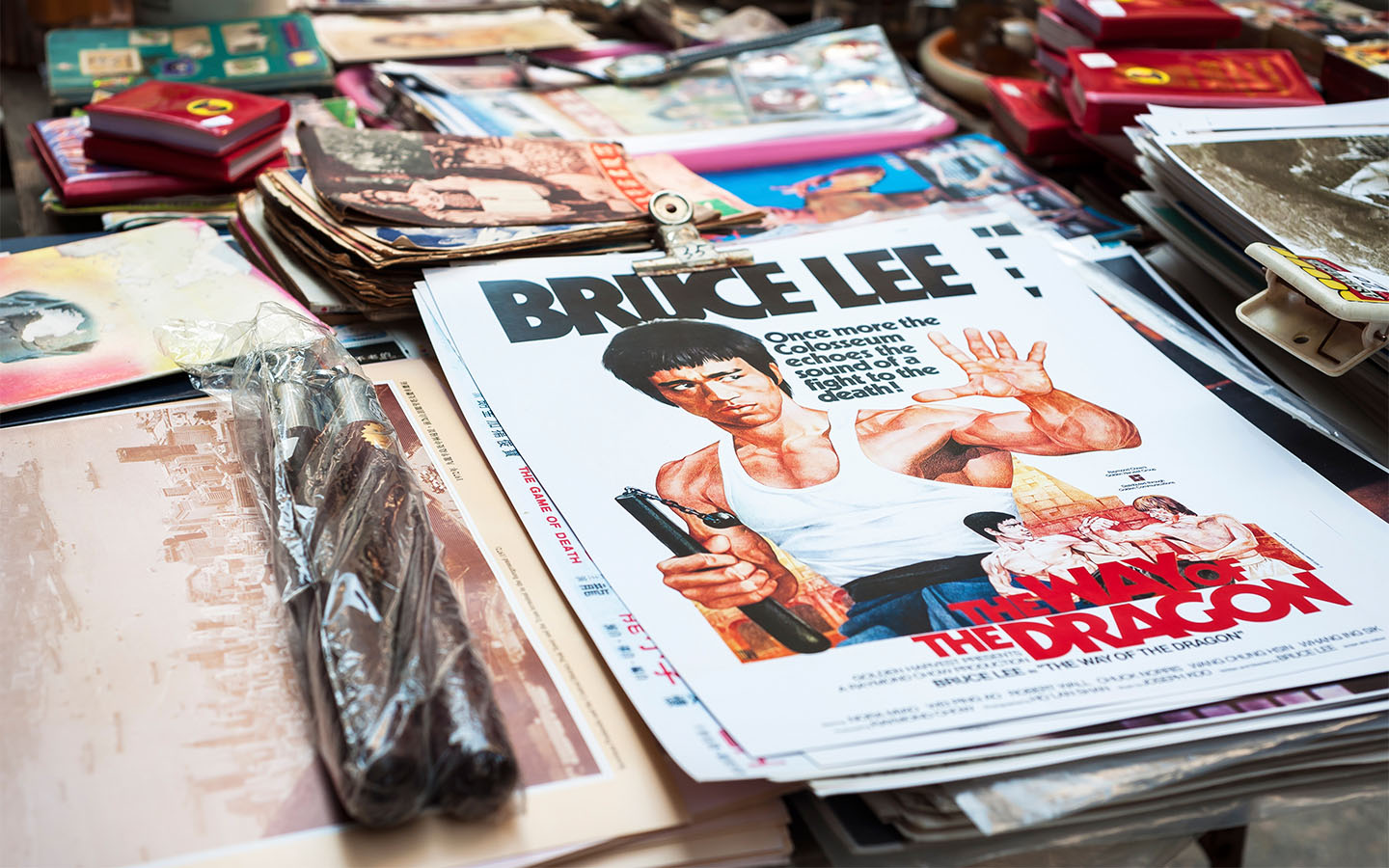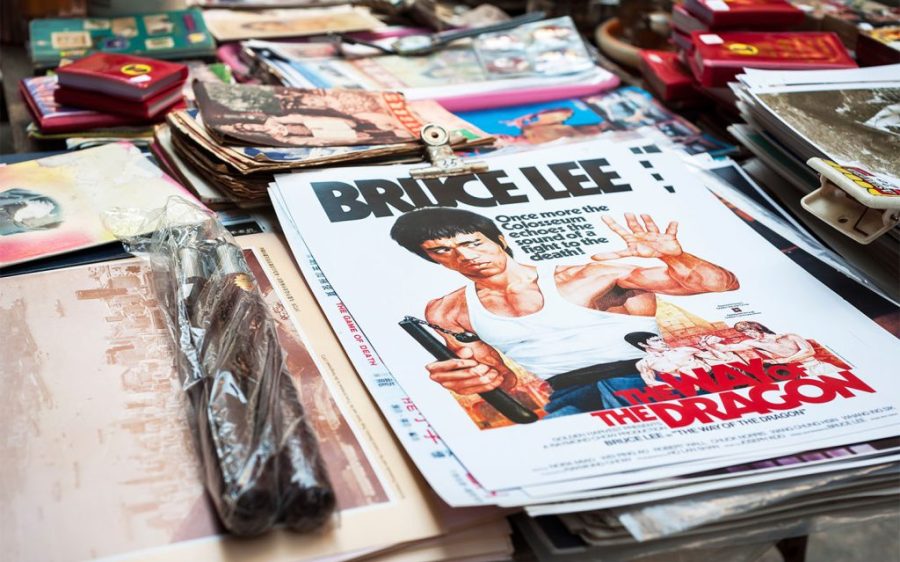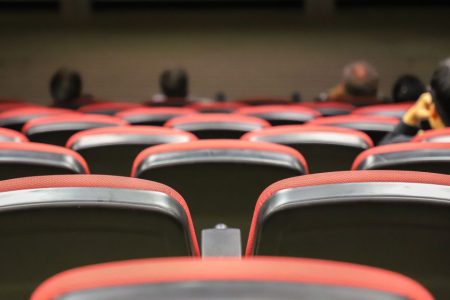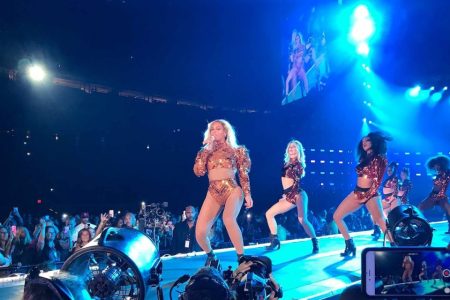When Bruce Lee passed away on 20 July 1973, at the tender age of 32, it left a void in the world of martial arts and cinema that remains unfilled to this day.
Born in San Francisco in 1940, the Little Dragon – as he was affectionately nicknamed by Chinese audiences – grew up in Hong Kong. His father was a Cantonese opera singer, which led to the younger Lee being cast as a child film actor from early childhood.
In 1959, the 18-year-old Lee moved to the US where he attended university and broke racial barriers by marrying the caucasian Linda Lee Cadwell at a time when interracial marriages were frowned on – and indeed illegal in some states. He also taught kung fu to non-Chinese students, which many in the Chinese community did not approve of.
The martial artist also attempted to bring his acting skills into Hollywood, although he struggled to find success in an industry that stigmatised Asian-Americans and represented them in a negative light through stereotypical characters such as Fu Manchu and Charlie Chan.
[See more: ‘Ballad of a Small Player’ is just the latest Macao casino movie. Here are 10 more]
Despondent with the lack of roles in the States, Lee returned to Hong Kong in 1971 where he would go on to find success with four genre-defining films, including his final feature length work, Enter the Dragon, which was released posthumously, elevating him to international superstardom.
Since Lee’s untimely passing, many people have continued to speculate over the circumstances of his death – officially given as a brain swelling of the brain caused by an allergic reaction to a headache medication. But as David Tadman, a Bruce Lee expert, noted in the 2012 documentary I Am Bruce Lee, “The most important thing is how he lived.”
This year marks 51 years since the death of Lee whose profound impact extended far beyond the silver screen into areas such as philosophy, writing and teaching. To celebrate his remarkable achievements in the Year of the Dragon, we explore Lee’s connection with Macao.
1. Lee was related to Stanley Ho on his mother’s side
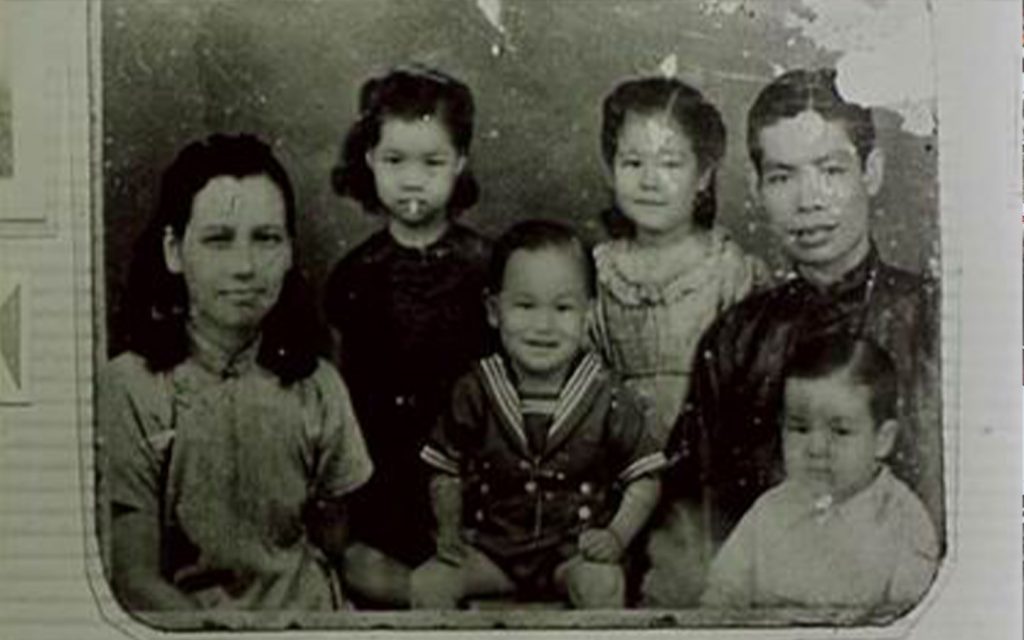
Although Bruce Lee is often assumed to be Chinese, he was in fact Eurasian and of partial Caucasian heritage from his mother’s side. His mother Grace Ho belonged to the Eurasian Ho family and was a child of Ho Kom-tong, a successful businessman, who fathered her with his secret English mistress in Shanghai.
Grace’s father also happened to be the brother of Ho Fook, the grandfather of Stanley Ho. Lee was therefore a cousin of the Macao gambling mogul and in the same sprawling family tree as other well known members of the clan, including Robert Ho Tung, Pansy Ho and Lawrence Ho.
[See more: In conversation with Mike Ao Ieong, the director of Macao’s first locally made R-rated movie]
Despite his familial connection with the casino king of Macao, Lee had very little interest in gambling, noting that “I don’t believe in getting something for nothing.” Unsurprisingly, the fitness fanatic also shied away from smoking and drinking, describing them both as “senseless.”
2. Some scenes of Fist of Fury were filmed in Macao

Lee’s second kung fu film, Fist of Fury (1972), was a resounding success upon its release, smashing the box office record that had been set by the martial artist’s breakout hit, The Big Boss (1971).
Set during the early 20th century, the film sees Lee portray Chen Zhen, a martial artist who returns to Shanghai to attend the funeral of his master, Huo Yuanjia, the founder of the Jing Wu School. Suspecting foul play, Chen embarks on a journey of revenge that puts him on a collision course with the Japanese and other co-conspirators.
[See more: Never mind the blockbusters: 8 alternative films to get excited about in 2024]
Much like Lee’s other films, Fist of Fury is chock-full of iconic scenes, including a segment filmed in Macao. In this particular scene, one of the city’s largest and oldest parks, Luís de Camões Garden, doubles as Shanghai’s Huangpu Park where a sign that reads “No Dogs and Chinese allowed” prevents Lee from entering its grounds. Not one to be bullied, Lee kicks the board up into the air and shatters it into a million pieces in a move that wins him the respect of his fellow Chinese.
Other minor exterior shots were also done in Macao, including one in which Lee disguises himself as a rickshaw puller. It was filmed on Rua de Dom Belchior Carneiro, the street directly behind the Ruins of St. Paul.
The decision to film the exterior scenes in Macao was due to the lack of space available on the Hong Kong backlot of Golden Harvest, the studio that produced all of Lee’s kung fu films. Outside of shooting, Lee remained in the Hotel Lisboa where he spent his spare time in his room listening to music, in stark contrast to the director Lo Wei who spent his leisure time at the casino.
[See more: In conversation with Marco Müller: Fostering new talent at Macao’s film festival]
Given Luís de Camões Garden’s connection with Lee, the site has unsurprisingly become a pilgrimage spot for fans who pay tribute by taking photos of the site and reenacting the scene. At one point, there were even calls from fans in Macao and Hong Kong to have a giant Bruce Lee statue installed in the park, as a way to commemorate the martial artist and to draw in tourists, although the idea was ultimately dismissed by the government.
While Lee never had another opportunity to shoot in Macao after Fist of Fury, his biopic, Dragon: The Bruce Lee Story (1993) has one scene set during the Hong Kong premiere of The Big Boss that was, in fact, filmed inside and outside of Cineteatro Macau.
3. Lee’s Wing Chun teacher, Ip Man, was a frequent visitor to Macao

Although Bruce Lee is best known for practising his self-devised discipline of mixed martial arts known as Jeet Kune Do, his initiation into the world of kung fu formally began under the tutelage of Wing Chun master Ip Man, and senior students such as Wong Shun-leung, from the age of 13. Lee’s wife said her husband was profoundly impacted by Ip whom she said “leaned him in the direction of philosophy.”
Over the course of his life, Ip visited Macao several times. When the Communists emerged victorious in the Chinese Civil War (1945-1949), Ip fled his hometown of Foshan for Hong Kong, and en route stayed in Macao for 13 days.
[See more: A guide to Chow Yun-fat and Tony Leung movie locations in Macao]
Once in Hong Kong, Ip made ends meet by offering Wing Chun classes to students, many of whom were restless young men like Lee. He also taught Ho Kam Ming, a Macao native who had originally moved to Hong Kong to work at a British Navy Yard.
Ho eventually became a Wing Chun master in his own right. In 1966, Ho established his Wing Chun school in Macao’s Lai Un Building on Travessa Do Almirante Costa Cabral. Ip Man would occasionally visit Ho’s school towards the latter part of his life.
Ip made a well-documented trip in 1970 and was taken to various places around the city. “The Lisboa Hotel in Macau was very famous and was a featured landmark back then, so we took him there,” said K.K. Mak, a disciple of Ho in a 2018 interview. Ip also observed Ho’s students training on the rooftop at the Lai Un Building, while another student named Tak Tao recalled that Ip Man was “gentle, elegant, cultured and refined.”
4. One of the best known ‘Bruceploitation’ actors originated from Macao
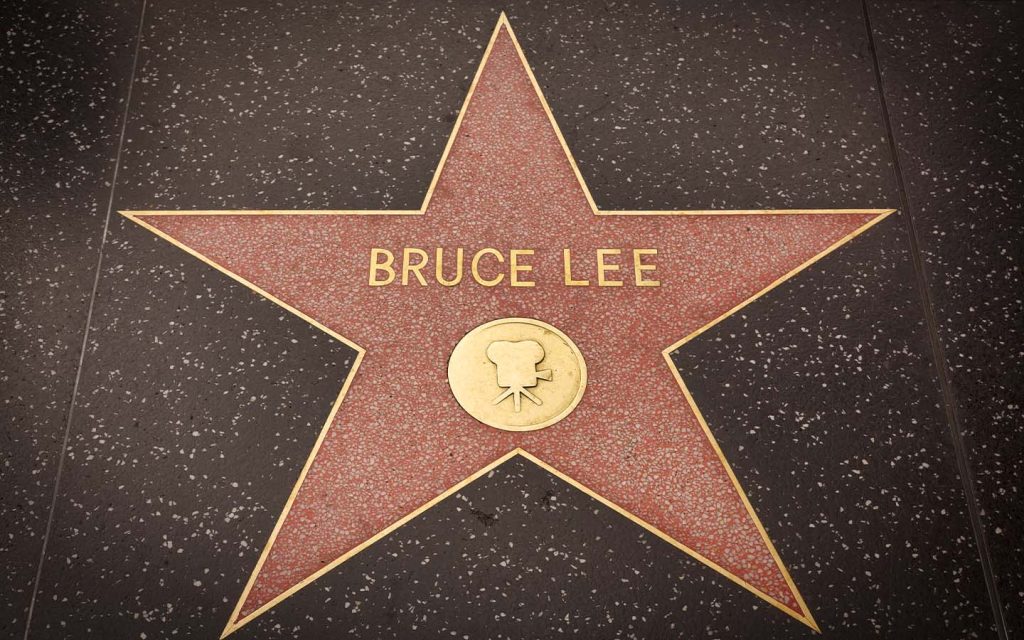
After Bruce Lee’s death, the Hong Kong film industry desperately tried to capitalise on the enduring popularity of the action icon by hastily producing countless Bruce Lee knock-off films in a subgenre that came to be known as “Bruceploitation.”
These movies, which included Bruce Lee Fights Back from the Grave (1976), Exit the Dragon, Enter the Tiger (1976) and The Clones of Bruce Lee (1980), featured relatively obscure Hong Kong, Taiwanese, and South Korean martial arts actors who were christened with names such as Bruce Li, Bruce Lai and Dragon Lee. With their passing resemblance to Bruce Lee, these performers would imitate the icon’s mannerisms, hairstyle and clothing, starring in cinematic vehicles that were often marketed as “sequels” to one of Lee’s original films, or else featured an farfetched storyline dealing with Lee’s death.
[See more: Local filmmaker Max Bessmertny on his inspiration, love for Macao and first feature-length film]
One of the most prolific Bruceploitation actors was Bruce Le, a Burmese-Chinese from Macao. Born in 1950, Le, whose real name is Wong Kin-lung, practised various styles of martial arts from a young age, including Hung Kuen and Wing Chun. Le eventually opened his own kung fu school in Macao during the late 1960s. In 1970, he shifted his focus to the silver screen after his martial arts talent was recognised by Shaw Brothers Studio.
Le’s film career remained relatively stagnant until Lee’s death. In an interview with Variety, Le spoke about his career as a Bruceploitation actor, saying that “it was almost an honour. I thought I could make Bruce Lee-action my way, because I was a martial arts teacher.”
During his decades-spanning career, Le ended up filming over 20 Bruceploitation films, including Return of Bruce (1972) and Ninja Strikes Back (1982). He told Variety that he was especially proud of the latter as he had the opportunity to restage the Colosseum scene from Lee’s self-directed Way of the Dragon (1972) and make use of animation.
